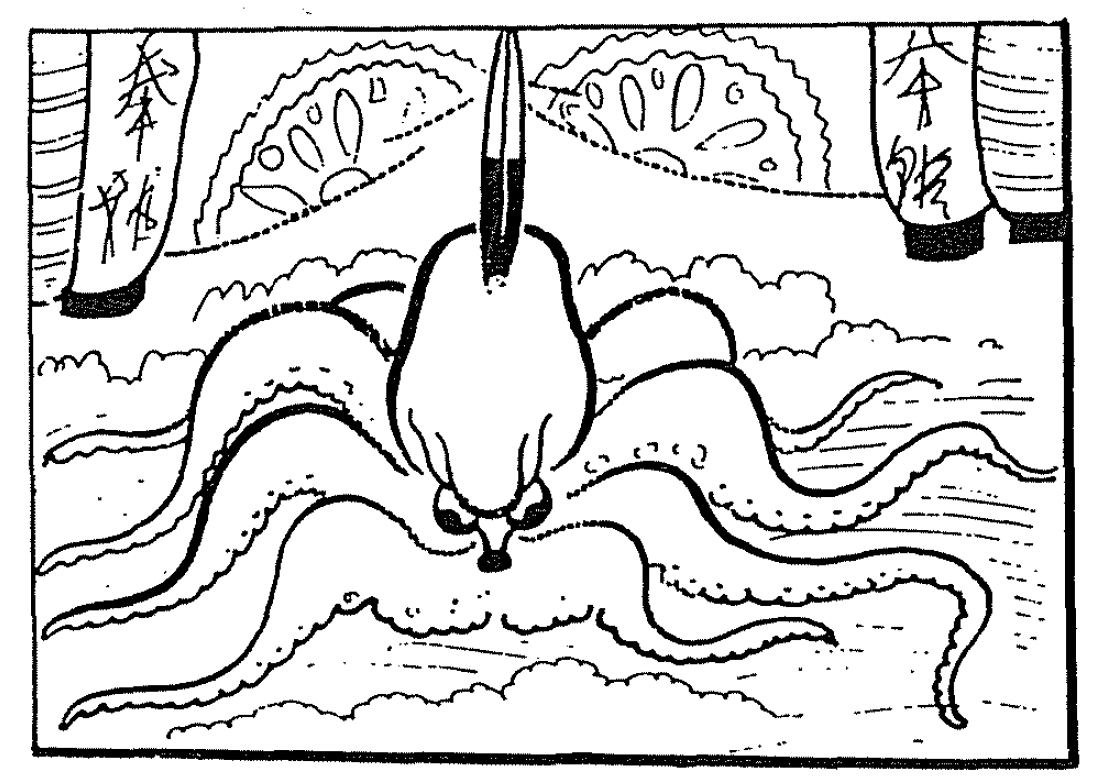
Leroi-Gourhan's "Introduction to a Paleontology of Symbols" or Can Art Save Us From AI?
Chapter 10 marks a turning point in Gesture and Speech, where Leroi-Gourhan shifts from tracing the broad universal forms of human evolution to asking where art, and the possibility of individual expression, fit within a system increasingly dominated by externalized function. As memory, gesture, and even decision-making migrate into machines, what, if anything, remains of the human beyond artificial intelligence?
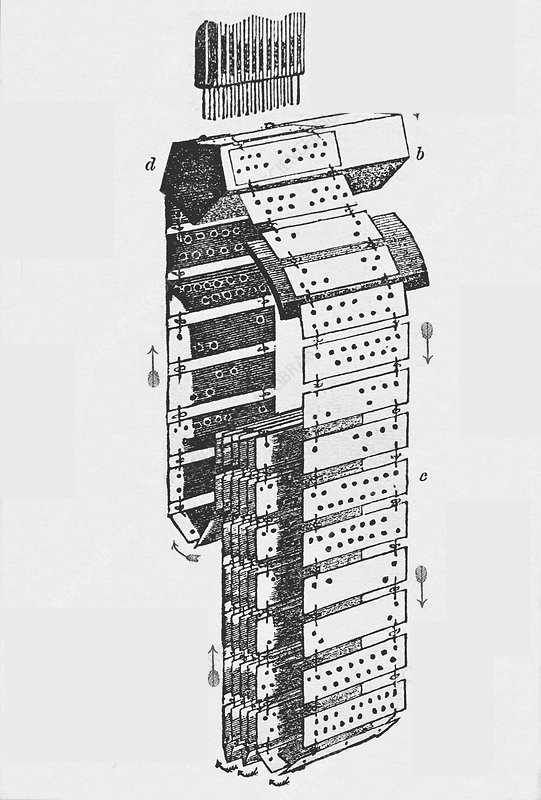
“The Expanding Memory”: Thomas the Tank Engine and AI
In this post, we explore Chapter 9 of Leroi-Gourhan’s Gesture and Speech, where the evolution of memory, (from oral tradition to punch cards and digital systems,) reveals how technics reorganize not just thought, but the conditions of thinking itself. Through an unexpected detour into trains and Thomas the Tank Engine, we wrestle with how systems of control, morality, and computation intersect. And of course, Leroi-Gourhan was already, in 1964, bringing all of this to bear on the question of AI.
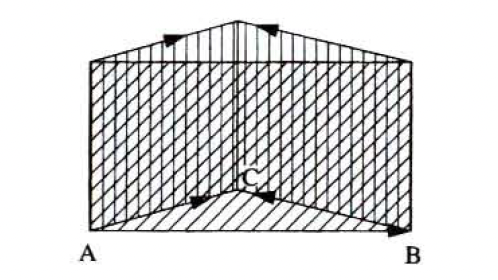
The Stakes of the Mobile (4:1–4): Grassmann’s Gestures of Space Itself
Chapter Four, “Grassmann’s Capture of the Extension: Geometry and Dialectic,” of Châtelet’s Figuring Space, is less a capture and more a kind of folding and unfolding of gesture so that space itself recovers its mobility.Grassmann’s insight is to show how not only do gestures not take place within a predetermined space, but through their cascading effects generate different spaces themselves.
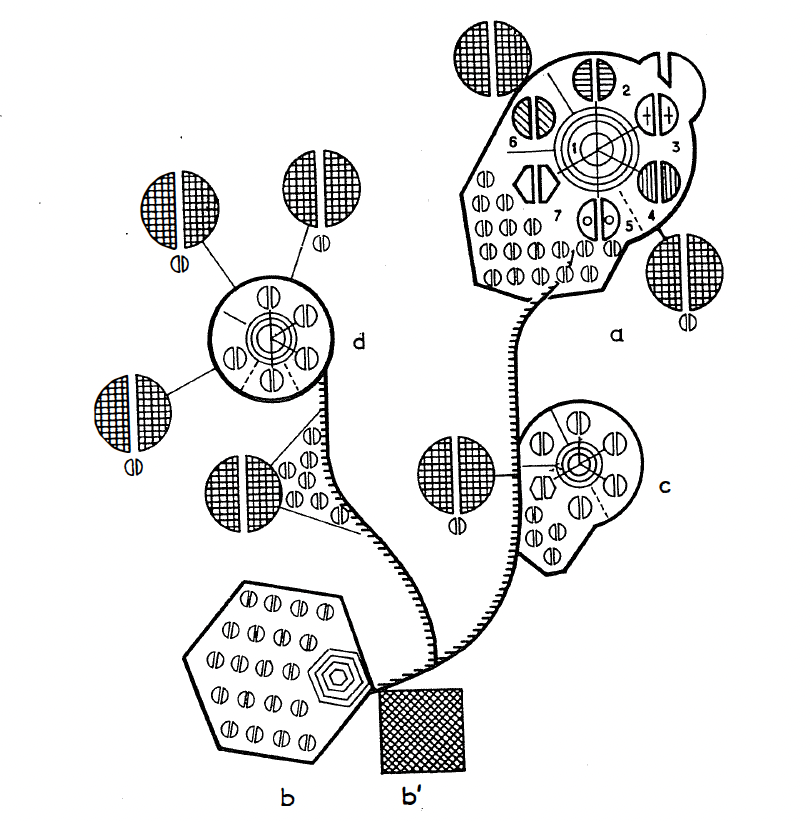
"Gesture and Program": On self-obsolescence
Once the primary instrument of our humanization, is the hand's fate to become obsolete? Or, to state it in Agamben's still more dramatic fashion, are we losing our gestures altogether?
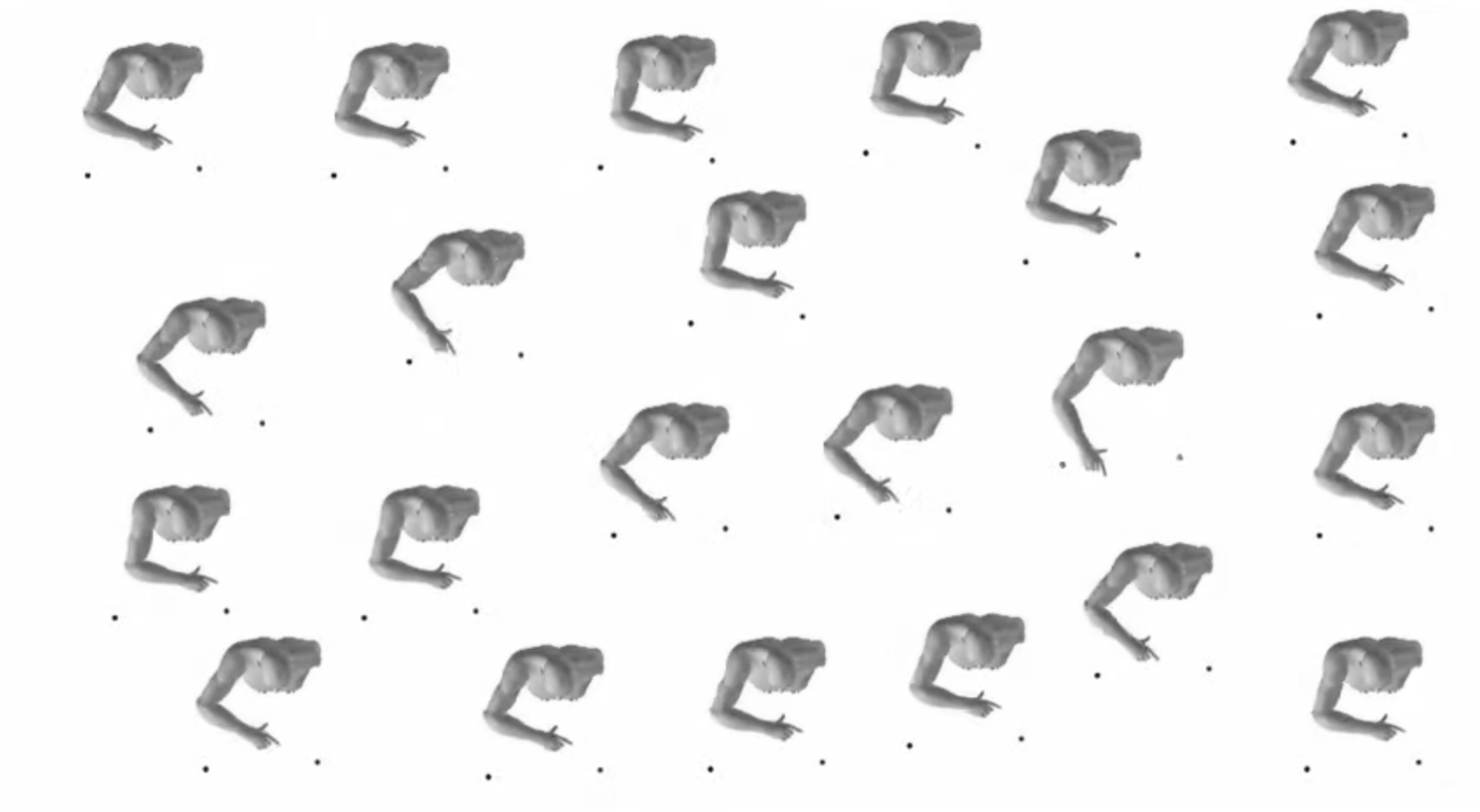
Thought is for moving
We have a brain for one reason, and one reason only, and that is to produce adaptable and complex movements.
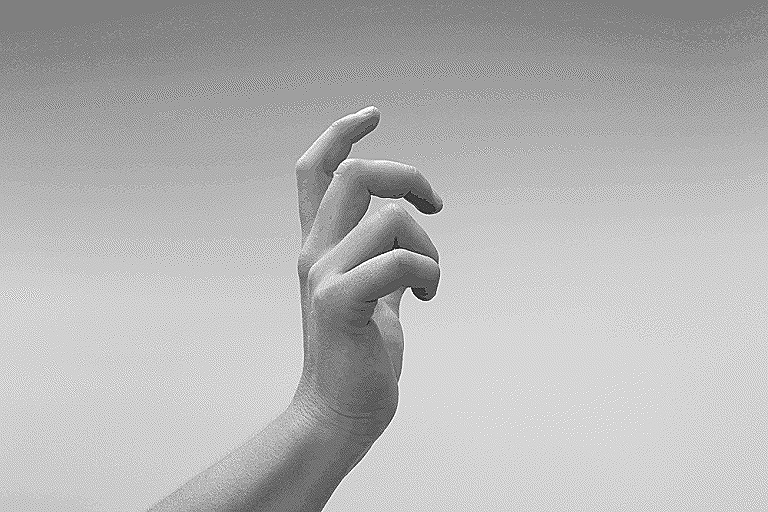
Foolish fingers?
The Dialectic. ‘This is a dialectic and I’m going to explain it.’ Grip imaginary six centimetre object between thumb and forefinger.
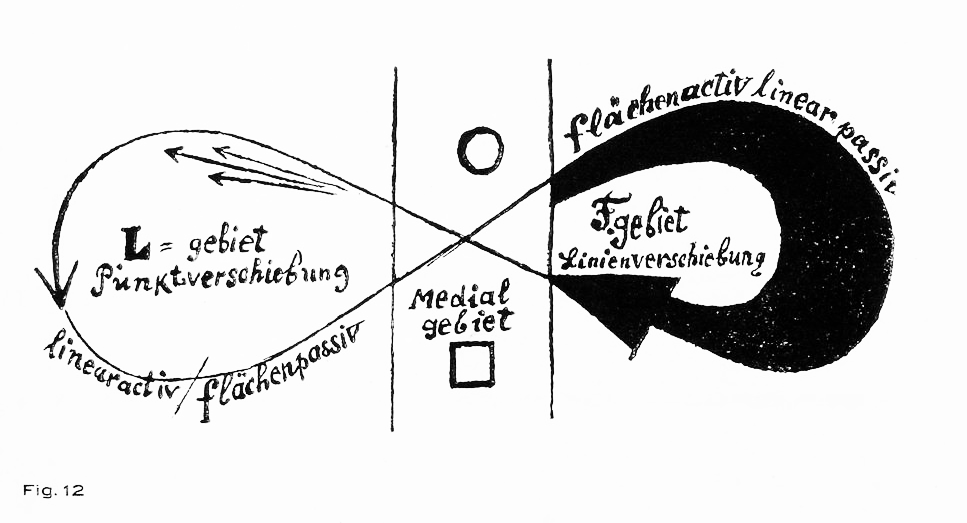
Stay in the loop!
Thank you for subscribing!
Have a great day!
